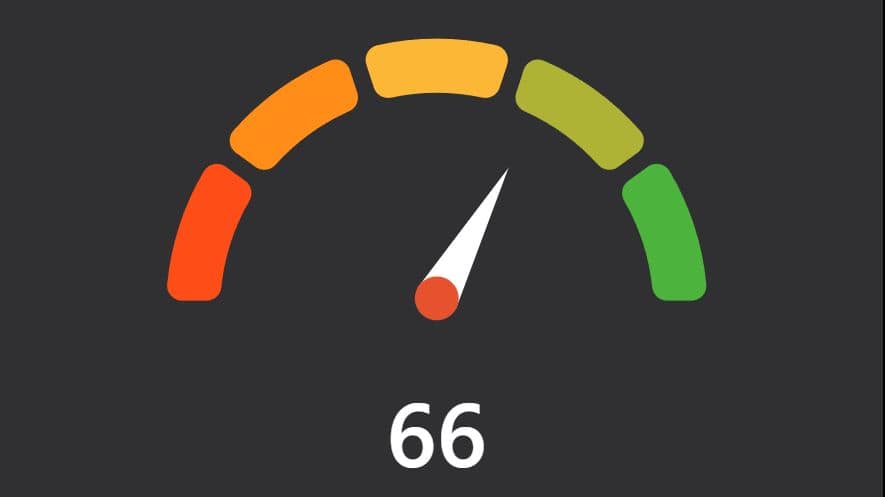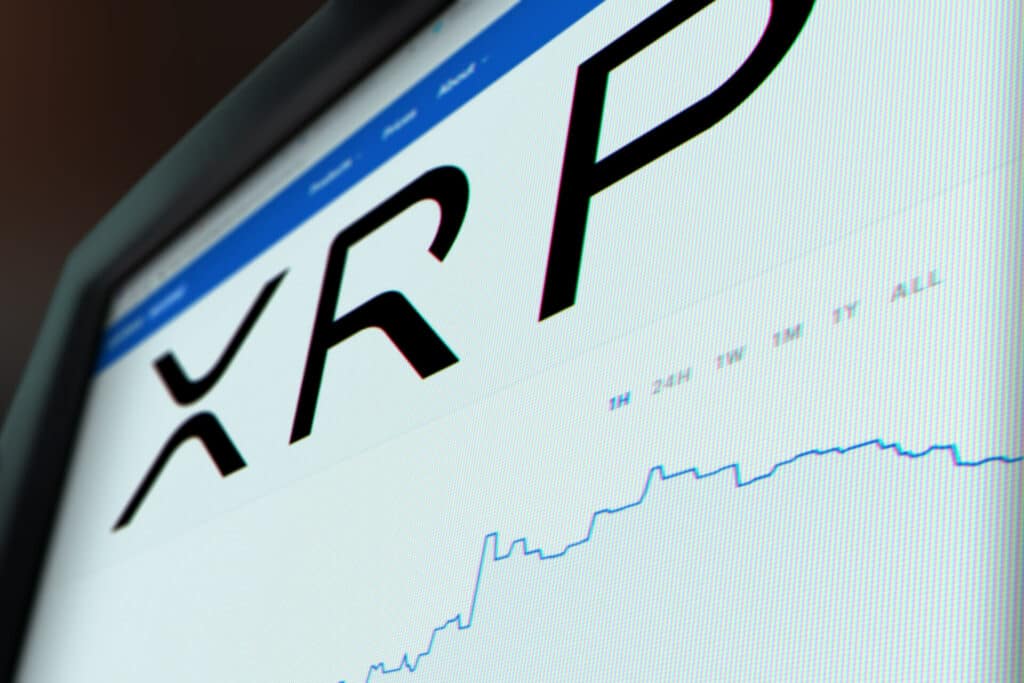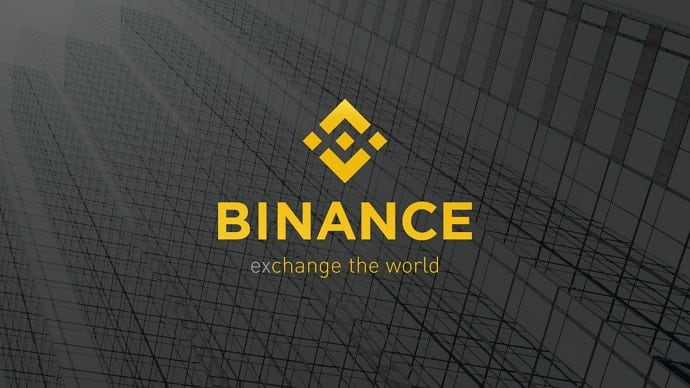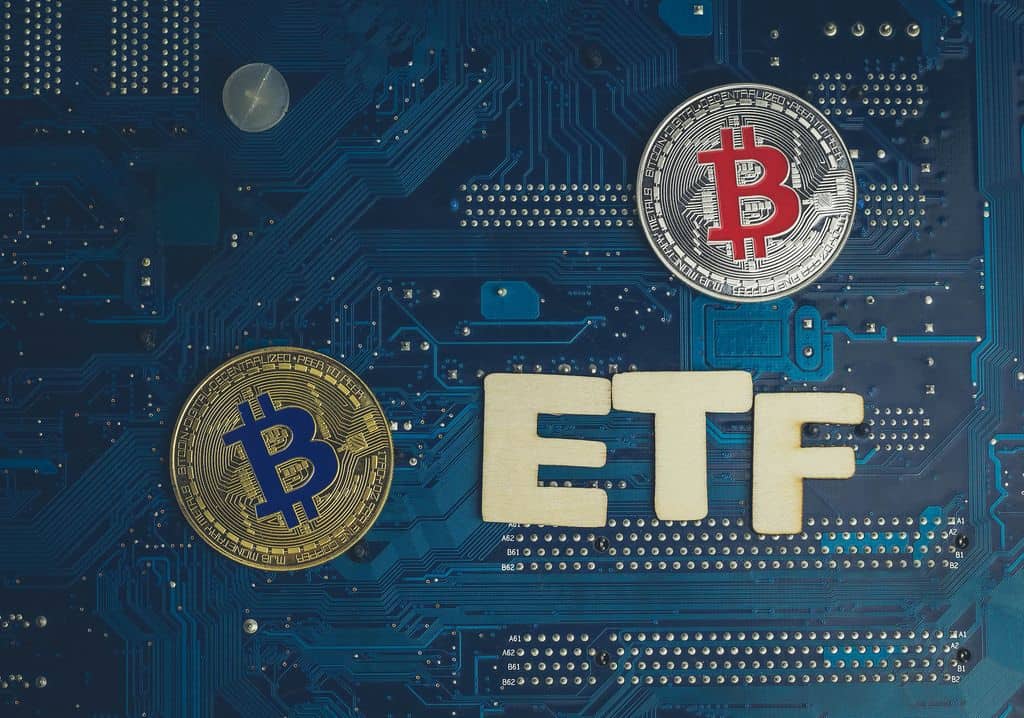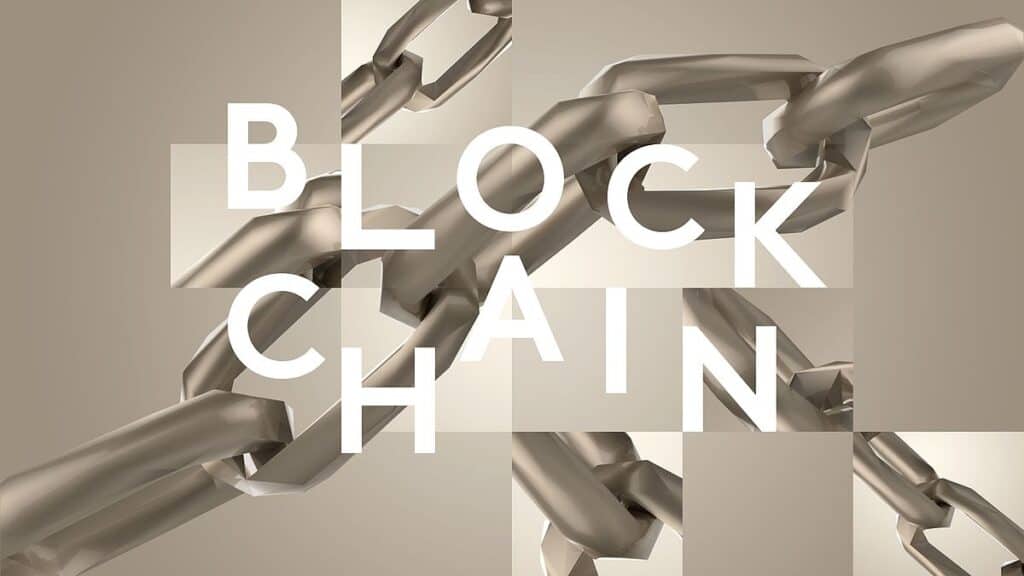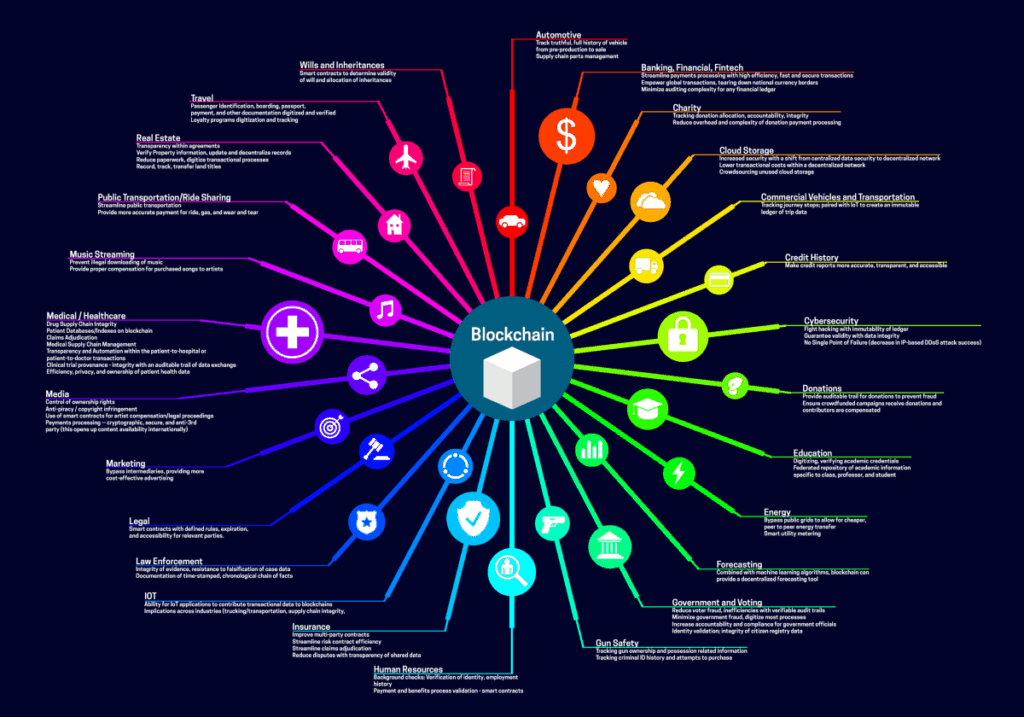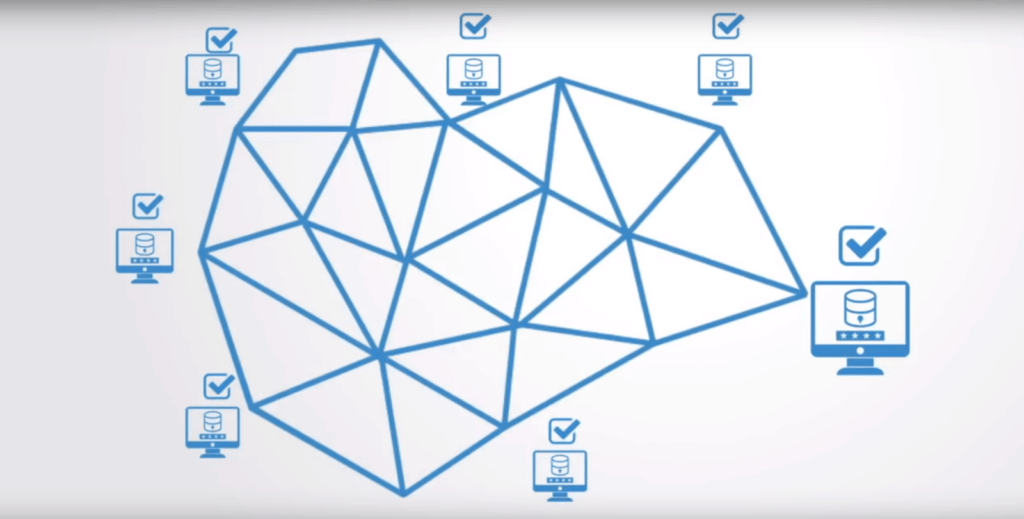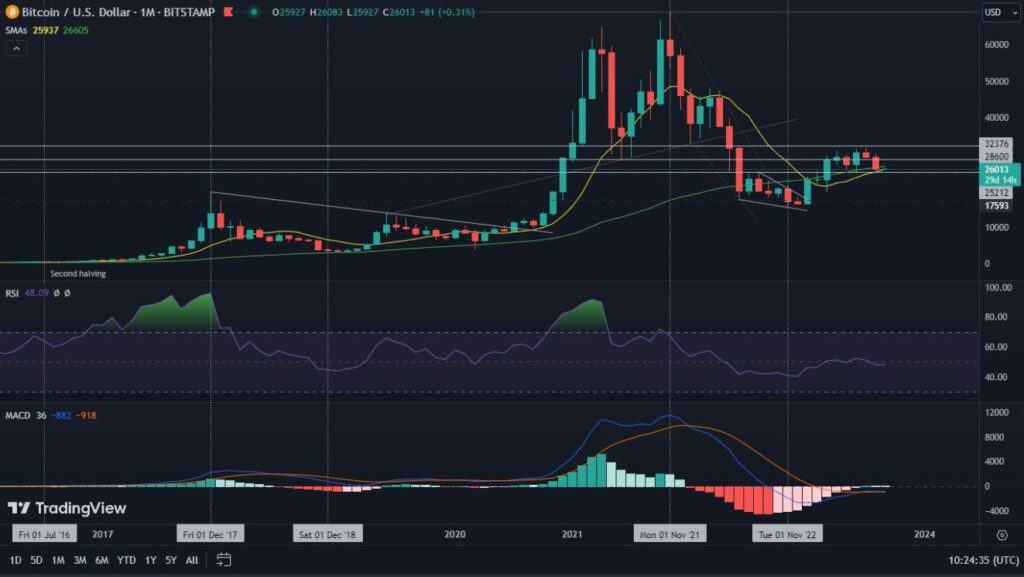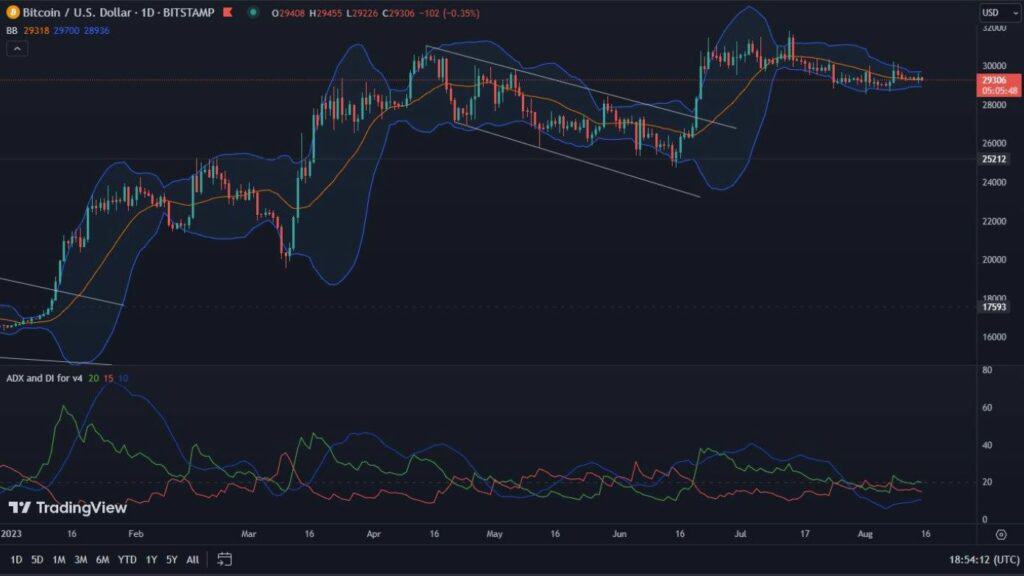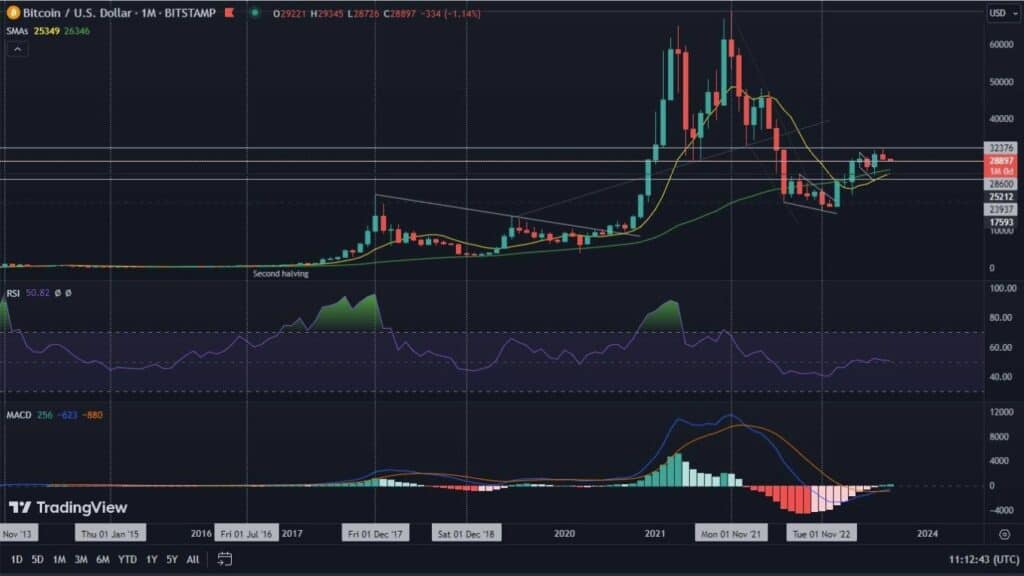On December 6, Vitalik Buterin, published on Twitter a mysterious document, called “Endgame”. It is a set of proposals for improving the performance of Ethereum systems, in terms of ETH 2.0 implementation. It was not without surprises.
Scalability a priority
It has not been unknown that the big problem facing the second largest crypto network in the world is scalability. In the face of it, both developers and investors are touched by very high gas charges. The problem affects not only Ether, but also a whole range of ERC-20 tokens and their associated smart contracts.
One of Vitalik’s proposed scaling solutions would be second-stage staking. It is intended to lower the validation requirements for subsequent blocks. It’s also a great solution for those interested in Ether staking, but holding off on making a decision due to the price and amount of coin required to do so. The overarching goal, however, is to make transaction verification more efficient. This process Vitalik, outlines as follows:
“Transactions in a block are divided into 100 segments, with a Merkle or Verkle tree state root after each segment. Each second level staker, is randomly assigned to one of the segments. A block is only accepted if at least 2/3 of the validators assigned to each segment, sign off on it.”
Rollups and sharding necessary additions
According to Butterin, ensuring security will result in further implementation of rollups. In addition, simply connecting the Proof of Work network to the Proof of Stake, is essential to continue working on future updates. Among these is sharding. This mechanism aims to add shards with more than 512-kilobyte blocks, generated every 12 seconds. As Vitalik asserted at the World Blockchain Conference, rollups have a scalability range of between 4,000 and 5,000 transactions per second. Implementing shards, this scalability could significantly increase, and thus lead to a situation where up to 100,000 transactions per second could seamlessly pass through the Ethereum network.
Combining Proof of Stake with Proof of Work
Undoubtedly the most electrifying topic is the final merger of the Proof of Work and Proof of Stake consensus. The Ethereum creator has not shared a specific date on this issue. Initially, the market expected it to take place in Q1 2022, but today it is already known that due to the difficulties faced by Ethereum developers, this date will be extended to at least Q2.
Recall that the Ethereum network is currently operating under two different consensuses simultaneously. The first is the aforementioned PoW, which was implemented at the core of Ether’s existence. In turn, since December 1, 2020, the PoS consensus has been operating based on the Beacon Chain. It is this method of transaction approval that is the target activity of the entire network. The final merger, has the power to completely revolutionize the ecosystem of the world’s second largest cryptocurrency.





